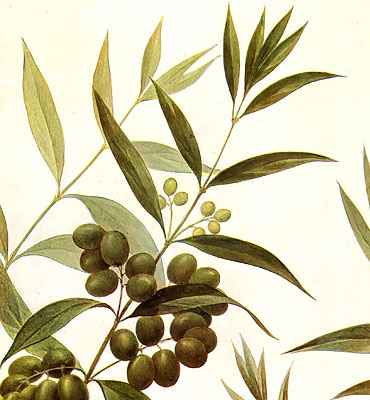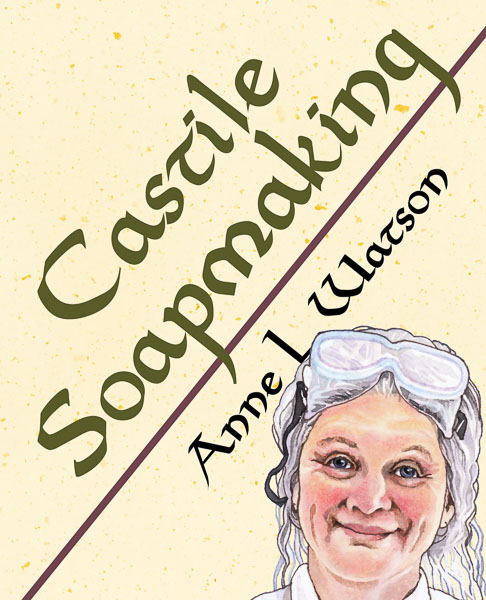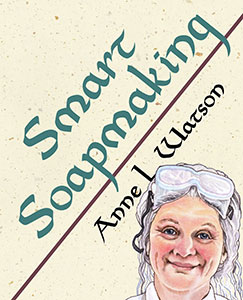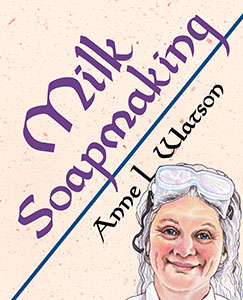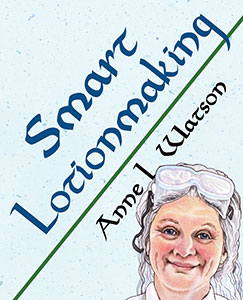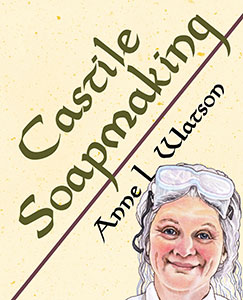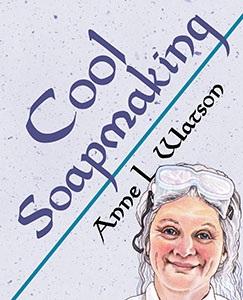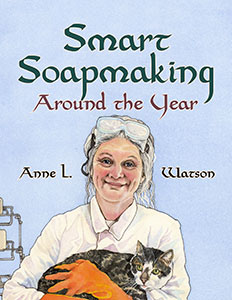Castile soap is a soap made from olive oil, sometimes with other plant fats mixed in. It takes its name from the Castile region of Spain, where it was made. But similar soap has been linked to other places where olive oil was plentiful, such as Crete, Nablus, Damascus, Aleppo, and Marseille.
There are romantic stories about the soap’s origins—stories involving queens, crusaders, and the Silk Road—but little or no reliable information. Plant oil soaps, though, were probably developed in the Middle East in medieval times to meet religious objections to the use of animal fats. Castile soap itself is thought to have been inspired by Aleppo soap from Syria, but it omitted that soap’s laurel berry oil, which was not easily available in Spain.
Unlike Marseille soap from France, Castile soap has never been legally regulated for content. But it was originally a solid soap made exclusively from olive oil. Hot processing was the only soapmaking method in earlier times—in fact, soapmakers were called “soap boilers,” and their patron saint, St. Florian, was shared with firefighters.
Going by histories and old pictures, soaps like Castile were produced in factories, using unsophisticated equipment and apparently no safety precautions at all. There seems to be no record of Castile soap being made at home. Compared with cottage soap, which was made with reclaimed kitchen grease, Castile was definitely a luxury item.
Castile soap is regarded by many as the pinnacle of the soapmaker’s craft. It’s also believed to be difficult to make, and especially difficult to make well by a small‑scale soapmaker.
It’s thought to need lengthy mixing. And to need lengthy aging, with some sources recommending a year or more. And to have poor lather, or even slimy lather.
These are all myths, based on the trouble that craft soapmakers have had in adapting what was originally a factory process. But making quality Castile soap on a small scale is not only possible, it’s even not so difficult. It’s just different.
So, now, let’s explore the differences and see how to make perfect Castile soap—traditional or with variations—with little trouble at all.
